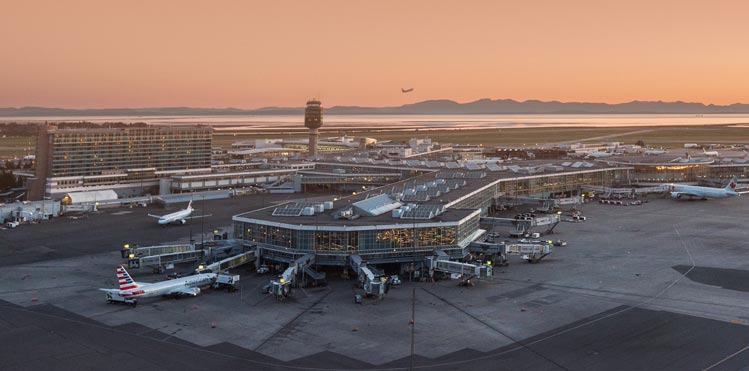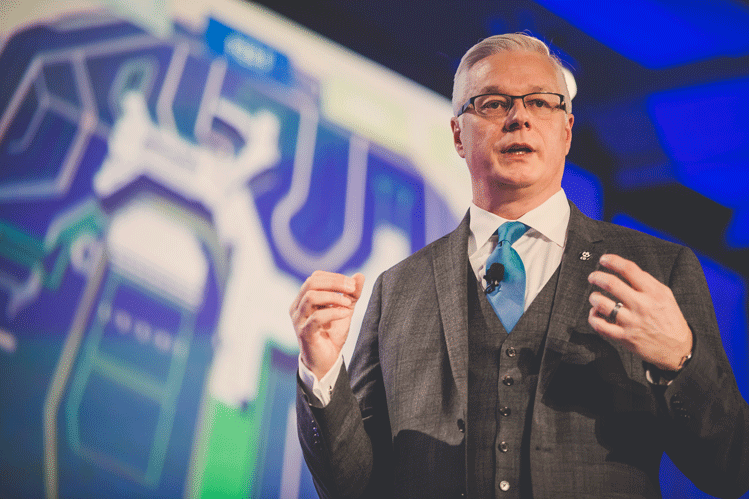
As Canada’s second-busiest airport, YVR welcomed a record 22.3 million passengers in 2016, generated $5.3 billion in total Gross Domestic Product, and drove $11.7 billion to the Canadian economy.
On 18 January, Vancouver International Airport (YVR) unveiled Flight Plan 2037, the roadmap detailing the airport’s strategy to becoming a world-class, sustainable hub connecting Asia and the Americas.
Flight Plan 2037 provides YVR’s comprehensive blueprint for the future, which includes a Capital Plan, Terminal Plan, Financial Plan and the YVR 2037 Master Plan. Details of the €5.2 billion plan include expanded terminals, new taxiways, a geoexchange system and upgraded roads and bridges to Sea Island, which will help YVR support the estimated 35 million passengers expected to travel through YVR annually by 2037.
As Canada’s second-busiest airport, YVR welcomed a record 22.3 million passengers in 2016, generated €5 billion in total Gross Domestic Product, and drove €11 billion to the Canadian economy.

Craig Richmond spoke at a Greater Vancouver Board of Trade event: “This plan is built to provide for the long-term capacity needs at YVR, while meeting and enhancing our sustainability goals and ensuring we build in an incremental fashion.”
“I am so proud to lead the team that developed and will execute Flight Plan 2037,” enthuses Craig Richmond, President & CEO, Vancouver Airport Authority, speaking at a Greater Vancouver Board of Trade event. “This plan is built to provide for the long-term capacity needs at YVR, while meeting and enhancing our sustainability goals and ensuring we build in an incremental fashion. Our future is being shaped by the ongoing dialogue with thousands of British Columbians and our airline partners, who participated in our Phase 1 and 2 Master Plan consultations. Today, I am also inviting you to participate in Phase 3 of the YVR 2037 Master Plan and continue to help build our airport of the future.”
Coinciding with the announcement on 18 January, YVR launched Phase 3 of the YVR 2037 Master Plan, a community and stakeholder consultation process that guides YVR’s land use decision-making and facility development for the next 20 years.







